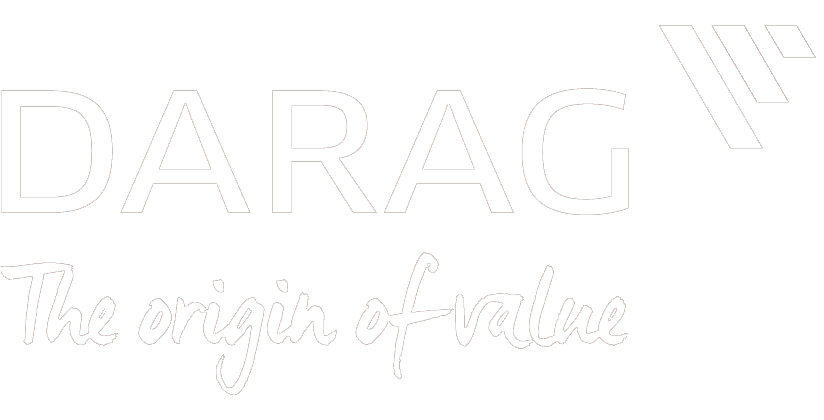Who is best-placed to support each employee to perform at their best? To help them understand not only what their role is but also what it is for? To work with them to stay up to date in their role and look towards future development potential?
Or, to put it another way, who is best-placed to coach employees? Answer: their line manager.
The line manager is there. The regular (often daily) contact with individual team members makes the line manager the ideal person to take advantage of coaching opportunities. To make short, timely, in-the-moment interventions that help team members constantly build their skills and relevant experience – ultimately performing better in the role (current and future).
What kind of opportunities are we talking about? For starters:
- An unexpected, out-of-role problem or challenge.
- One-off mistakes or other ‘under-performance’.
- A missed or likely to be missed objective.
- A change to resources, budget, team makeup, etc. that impacts a person’s role or responsibilities.
In other words, more or less everyday events in most people’s working lives.
Why is coaching an essential line manager tool?
A clear job description is essential to have. Formal training in a role is great and can lay the foundation for good performance. But the learning curve in any role lies in doing the job – the day to day, hands-on experience – and for that, a line manager who can operate in ‘coaching mode’ is an invaluable support. What does such a line manager look like? They:
- Ask questions
- Listen more than they tell
- Give feedback
- Encourage new ideas and personal responsibility
- Discuss a task rather than just give instructions
The goal is a deeper understanding of the role and its wider context – i.e. not just performance by rote – which means more skills, greater resilience and flexibility, better customer service, improved employee retention, and a greater contribution to overarching business goals.
Basic coaching skills for line managers
The two fundamental skills for any line manager to start coaching are questioning and listening. Whatever the reason for the ‘coaching moment’, a good coach starts with questions – the right questions tell you what the situation is, including the level of understanding of the employee being coached, and set up the encounter as a dialogue rather than a set of instructions (start as you mean to go on…) This doesn’t have to be complicated – useful questions can be simple:
- Talk me through the situation. What is it you want(ed) to achieve?
- What are the options?
- What are the obstacles?
- Who else is affected/involved?
- What’s the first step?
- How can I help?
- What do you need to move this forward?
- Etc.
Open questions can be used to get past the surface facts and appearance – instead exploring the employee’s attitudes, strengths, development needs, etc. And to engage the employee in the resolution of the issue (i.e. they are an active part of any solution, not a passive receiver of directions).
The other side of the communication equation is actively listening to the employee’s input. Again, this is a core engagement and collaboration tool, but techniques such as paraphrasing and reflecting also work to deepen the conversation, create mutual understanding, thus leading to better outcomes.
Help your team to GROW
Growth, learning, development, advancement… coaching is focused on helping people to improve in some way. No wonder, one of the most popular coaching models is called GROW.
- Goal – outcome for the conversation
- Reality – what is happening now?
- Options – what is possible?
- What – actions, commitment and wrap-up
The GROW model provides a basic route map for the coaching process – more than sufficient for most day-to-day line manager coaching moments.
If you’re a line manager interested in knowing more about developing and using coaching skills with your team – including how to apply the GROW model – take a look at our ‘coaching skills for line managers’ training programme. Or give us a call to talk about your coaching questions and needs on 01582 463460; we’re here to help.











